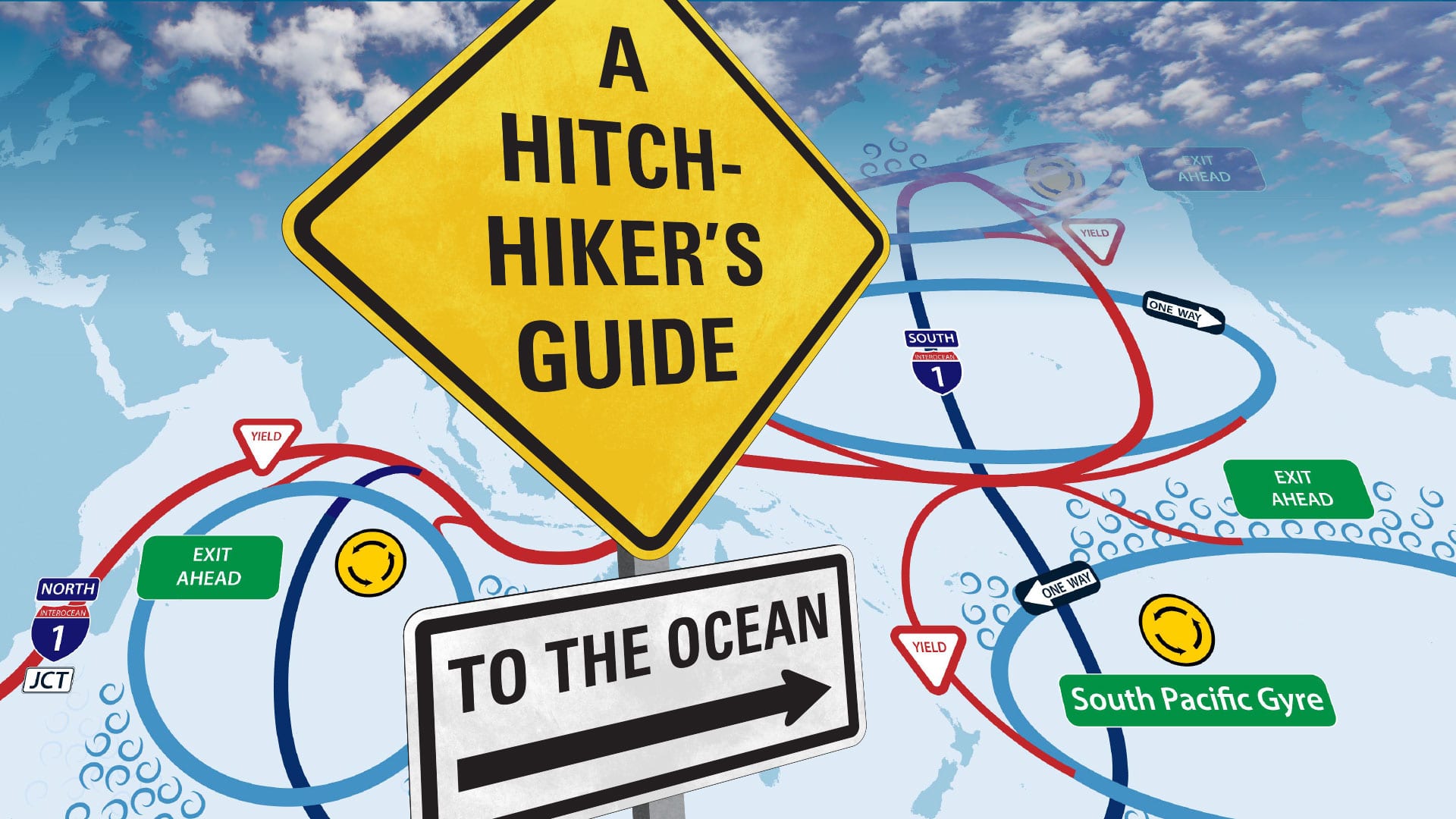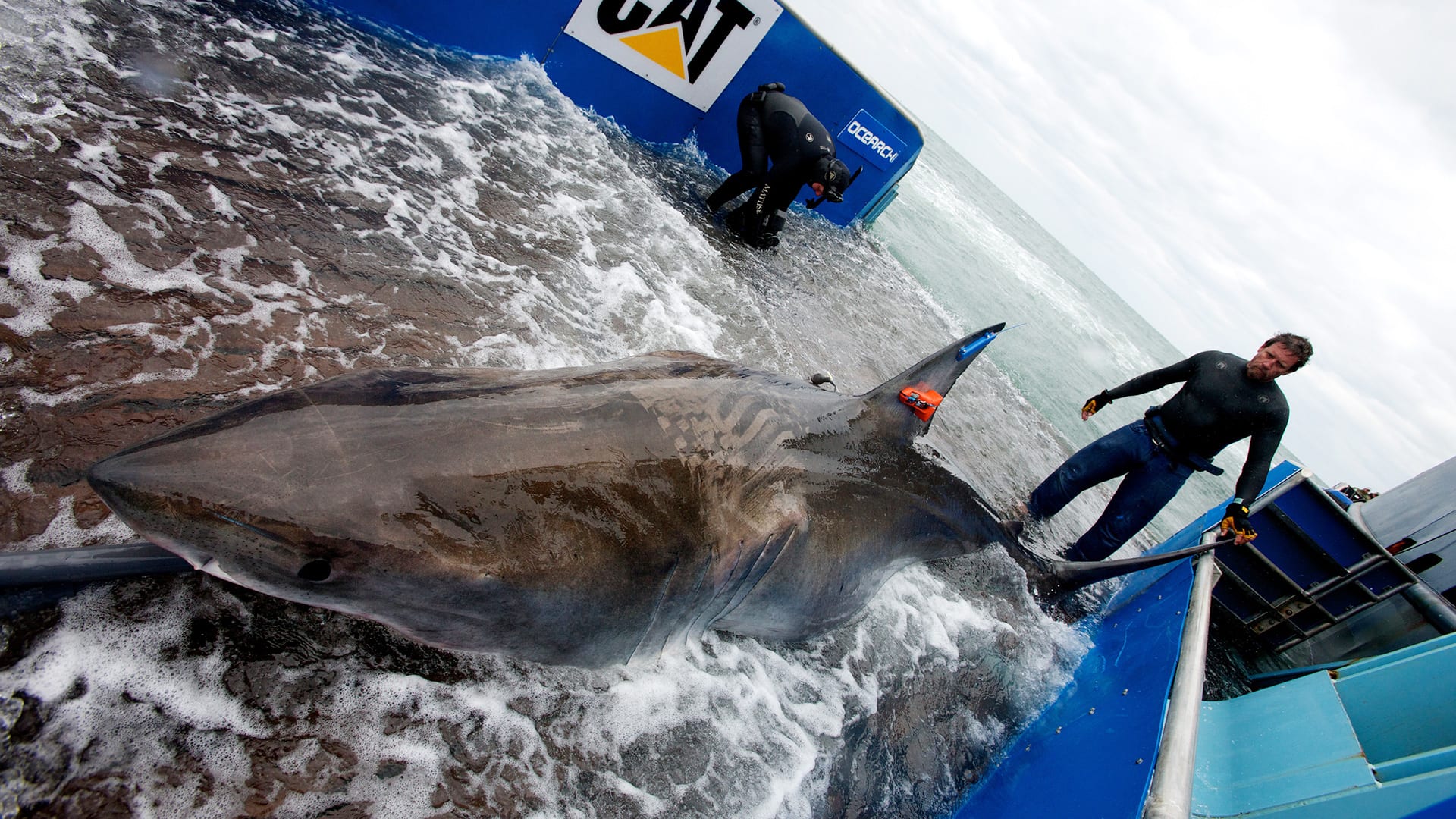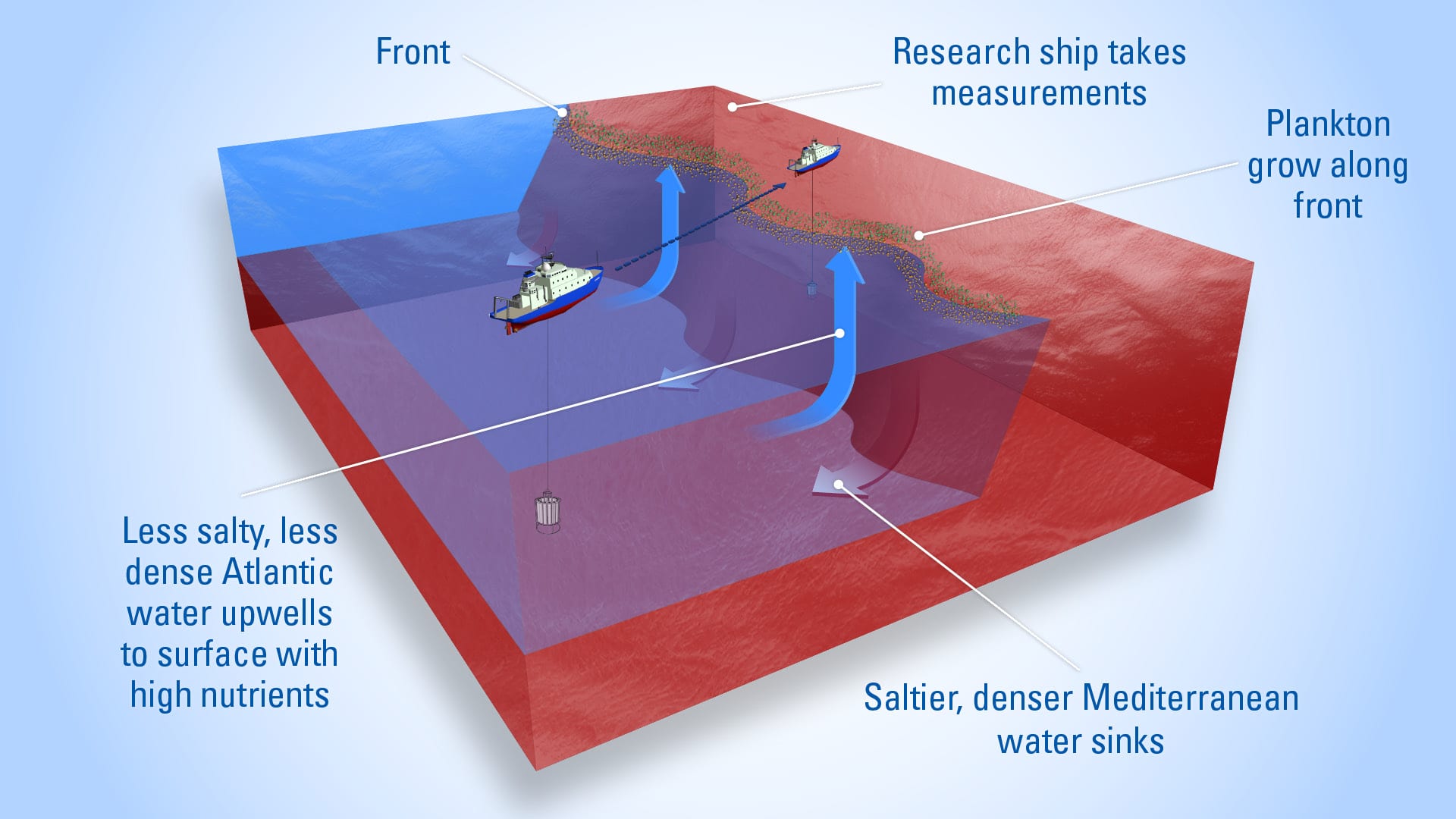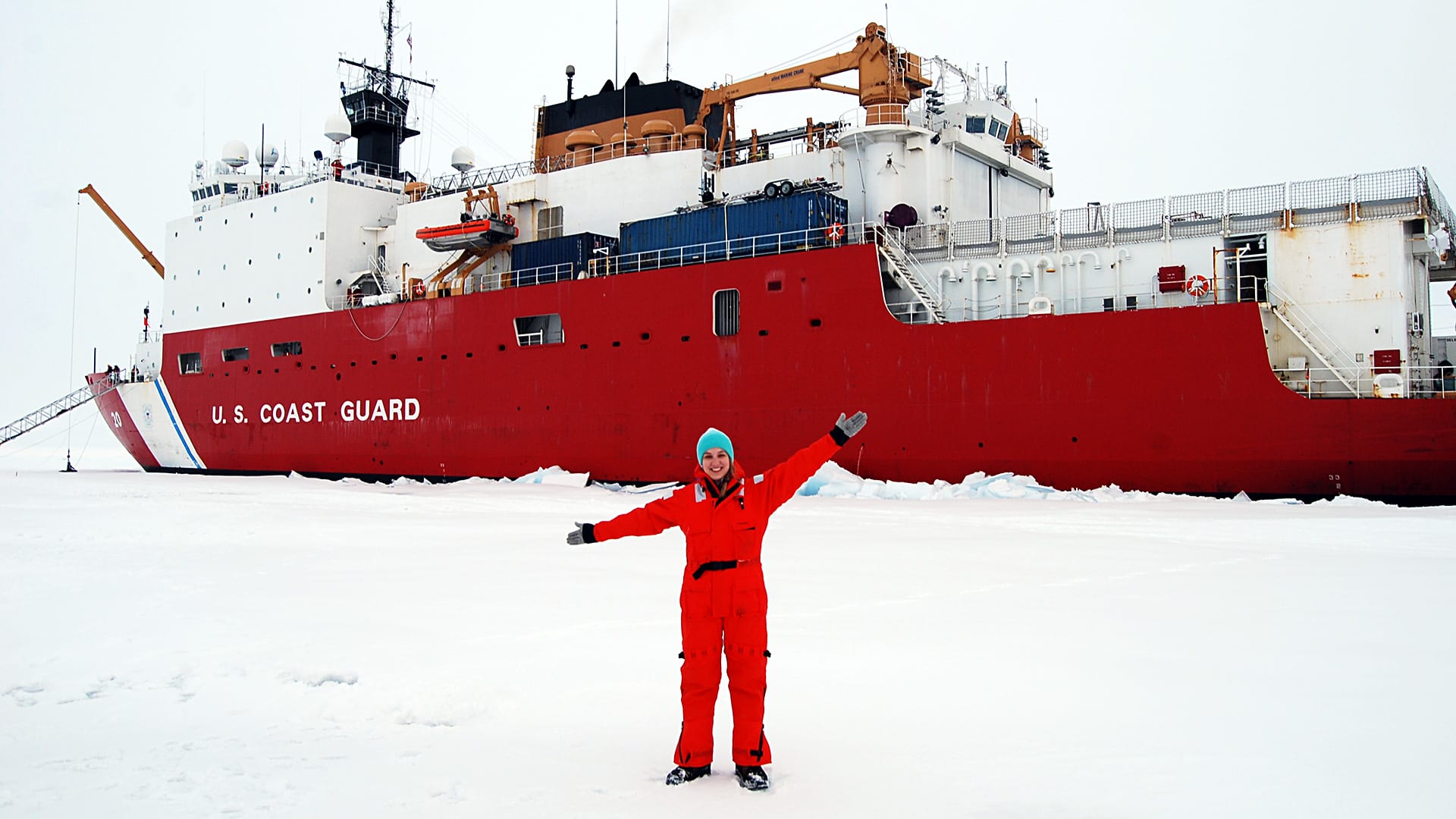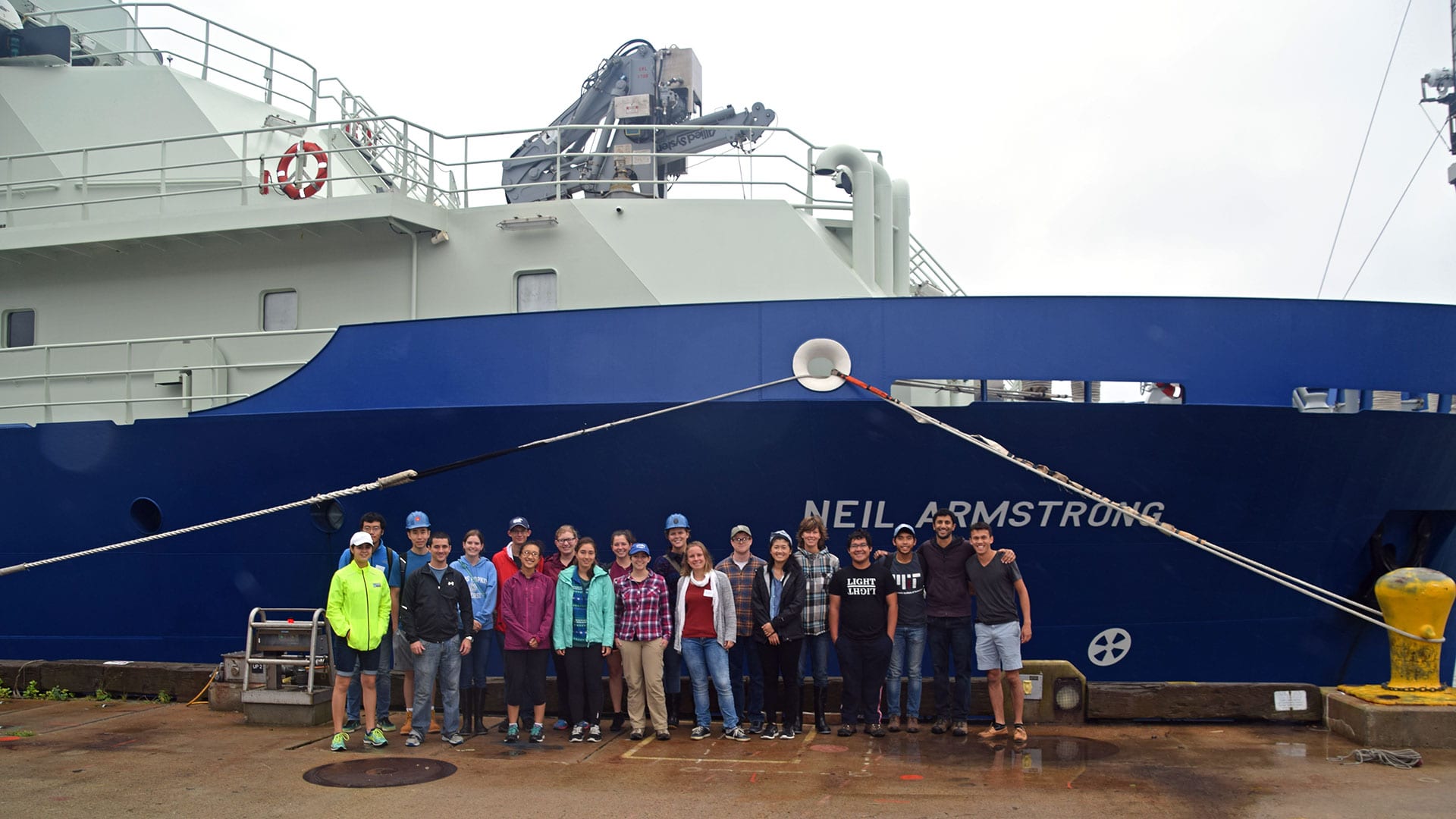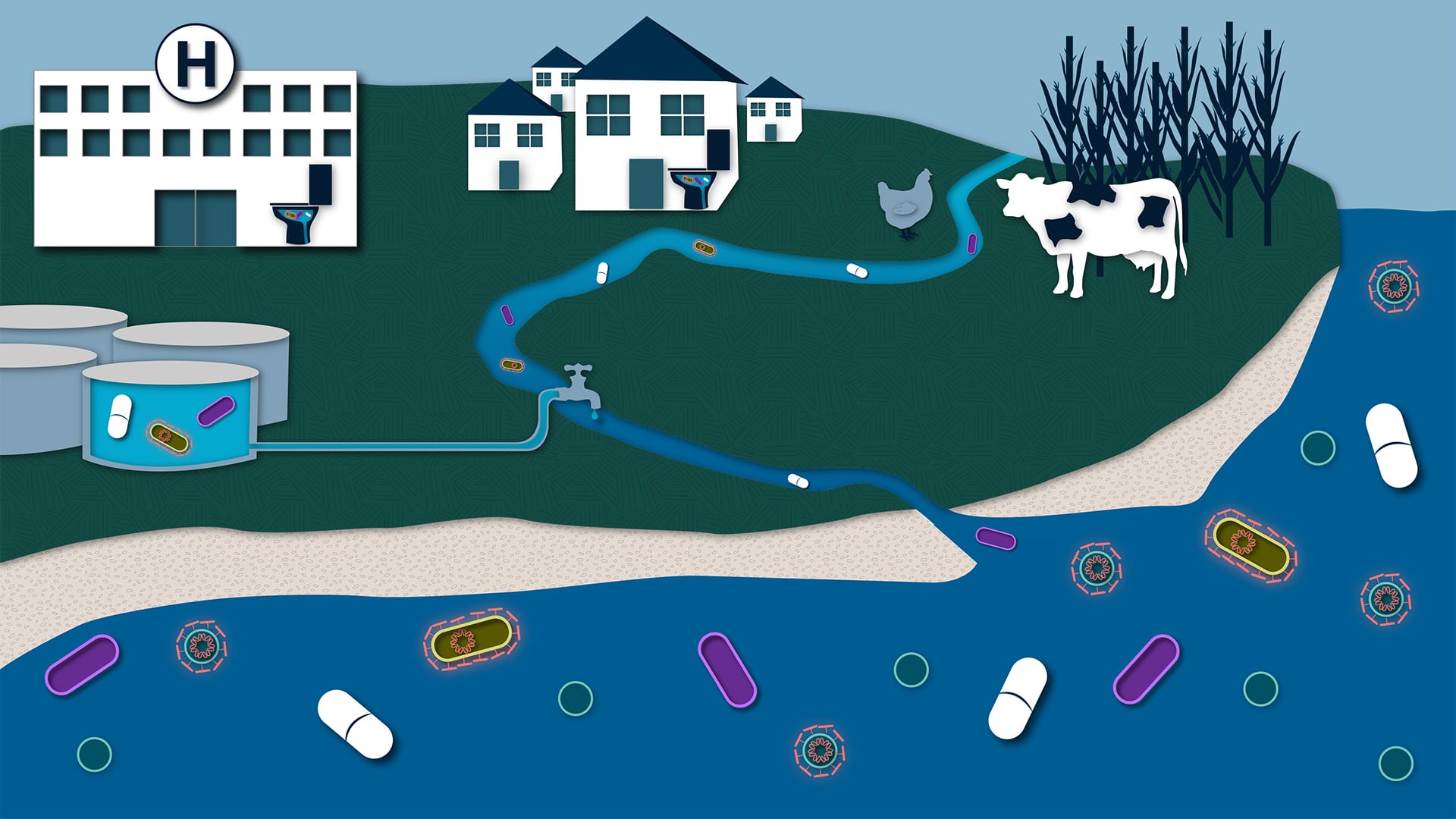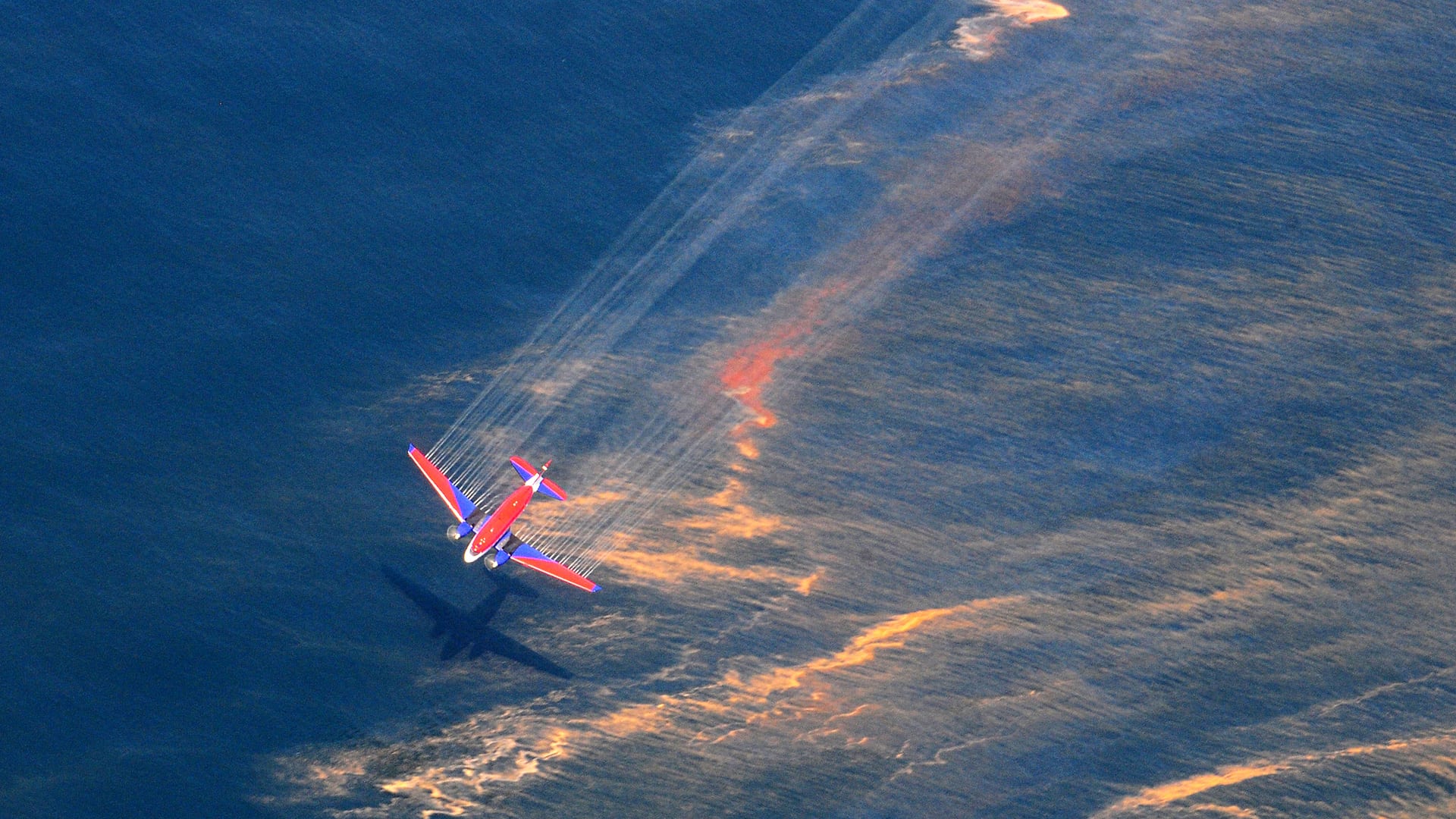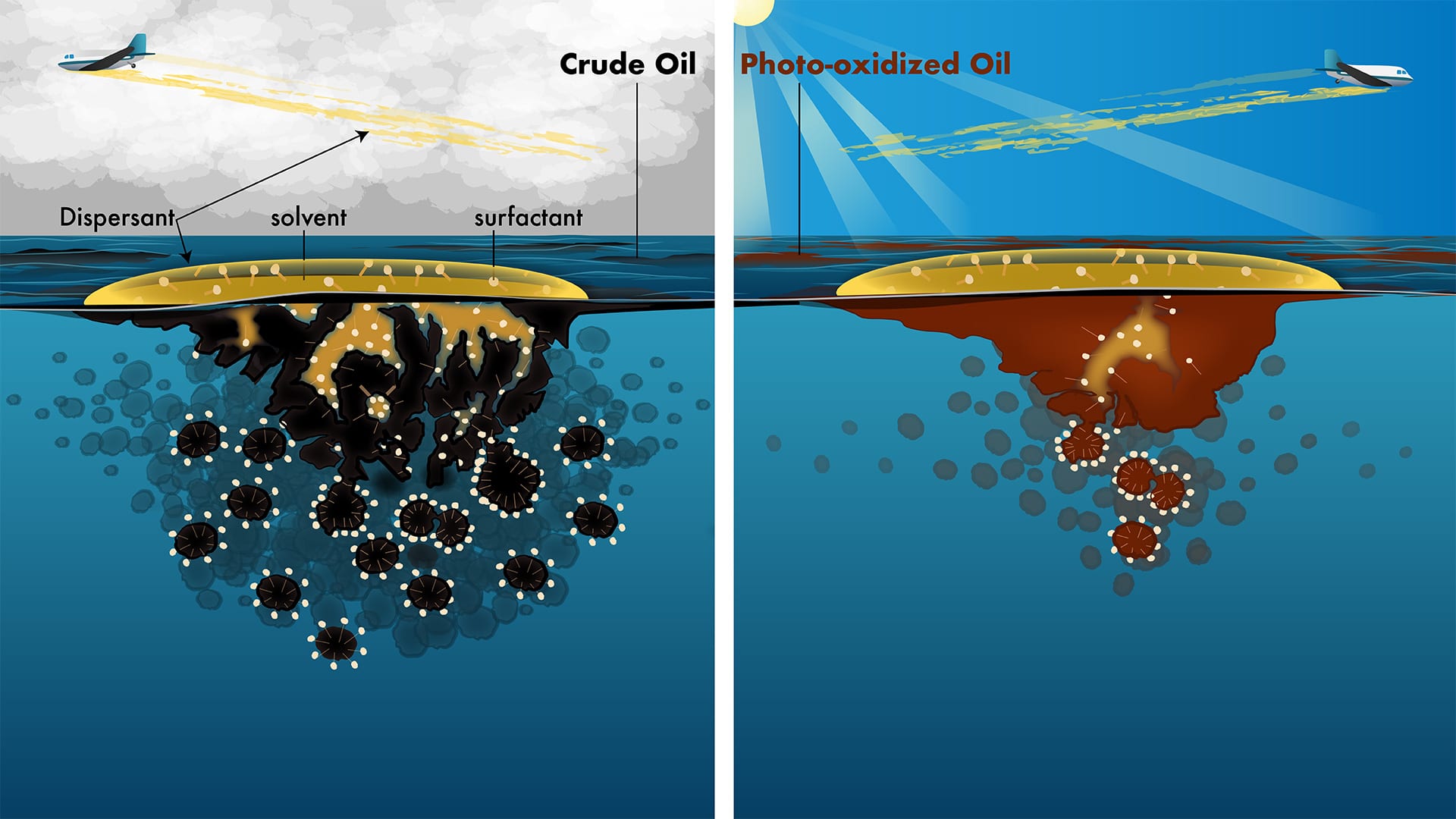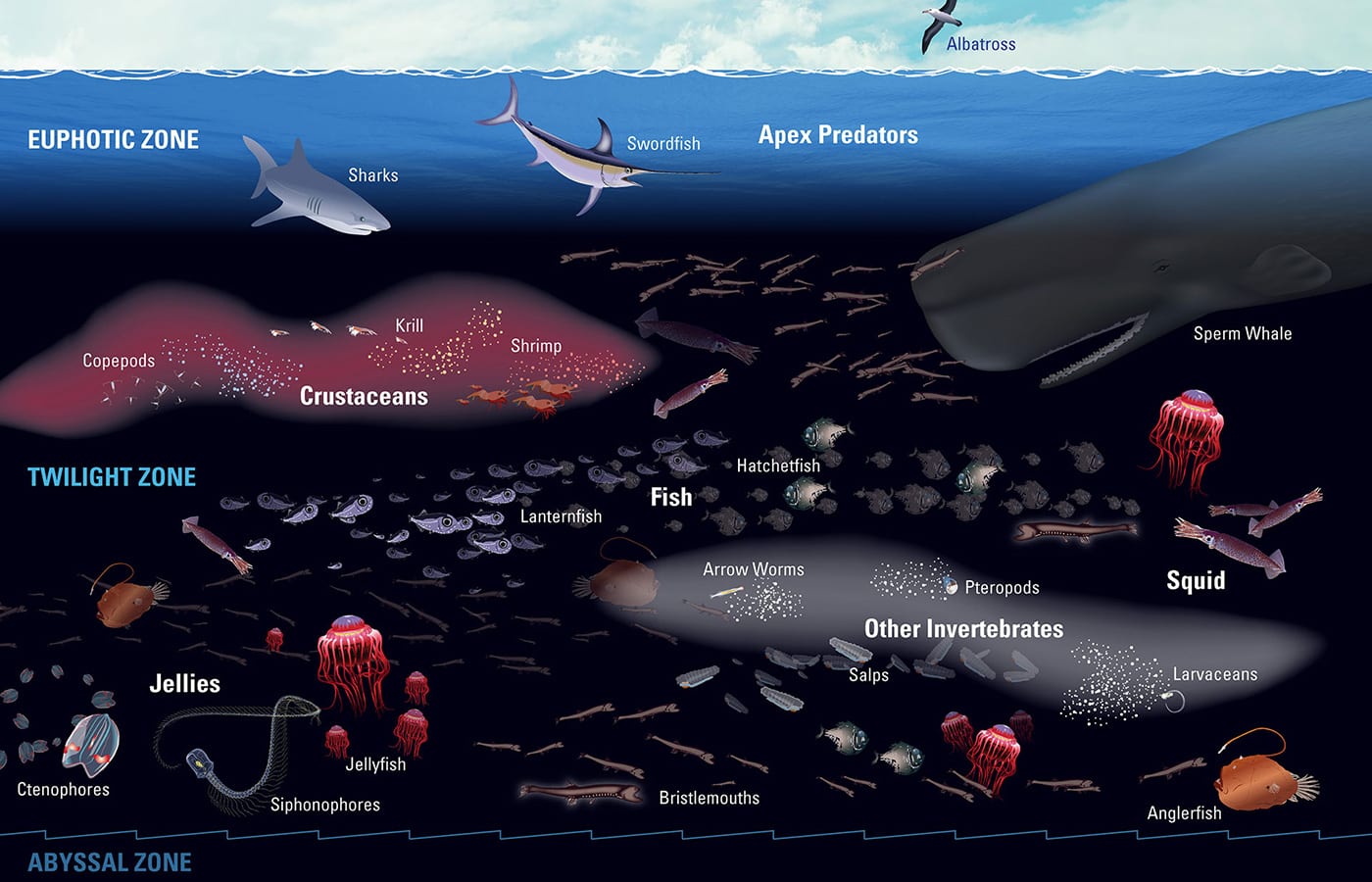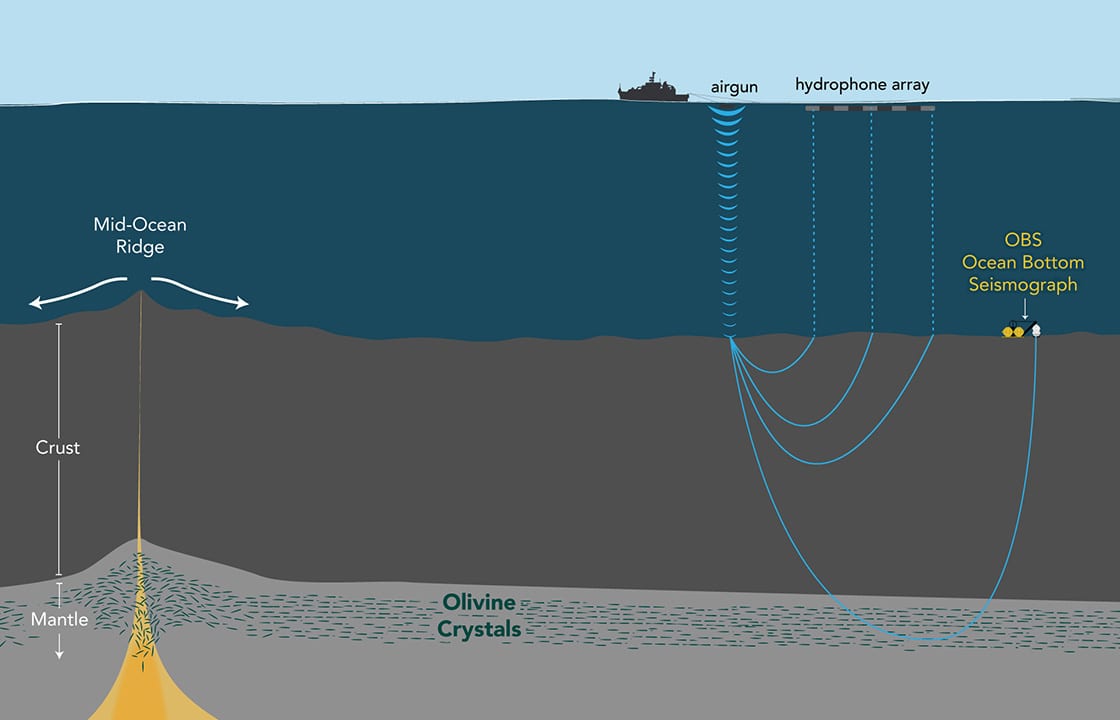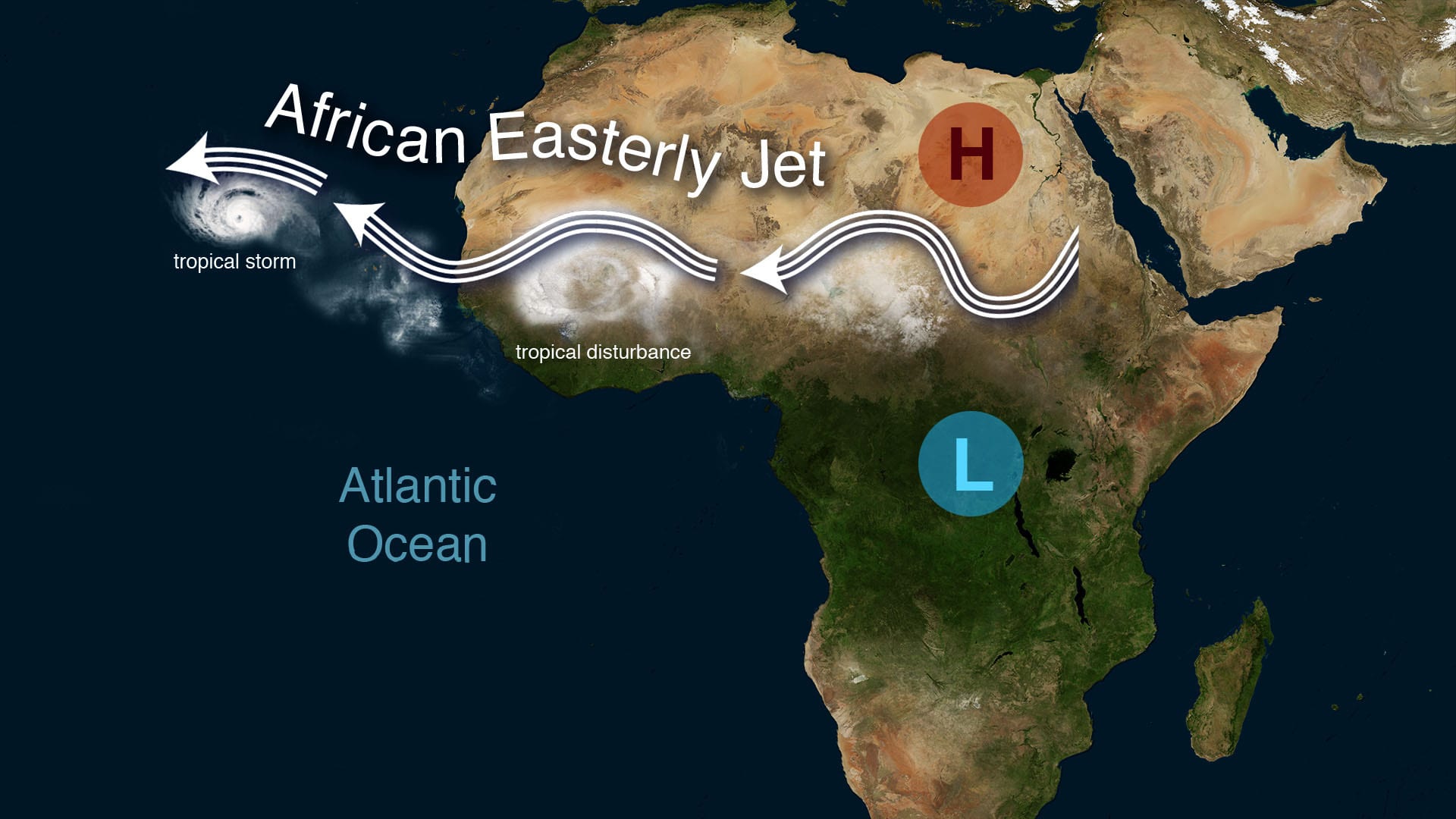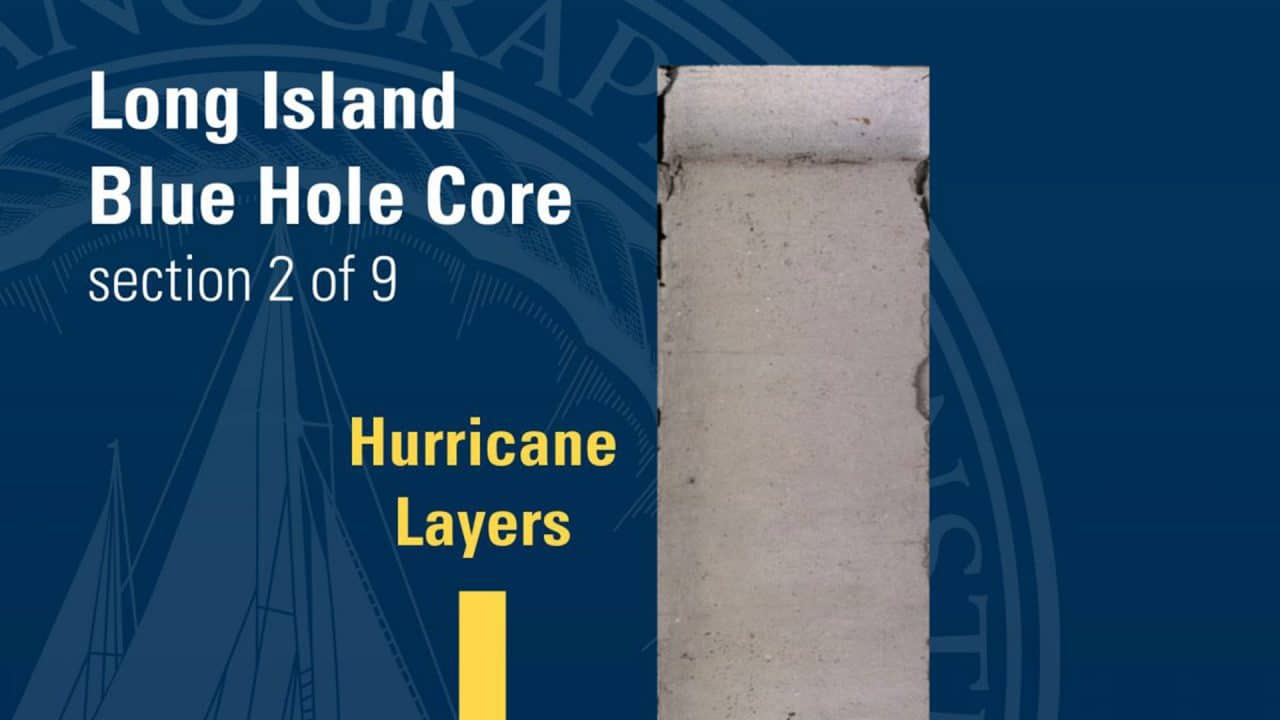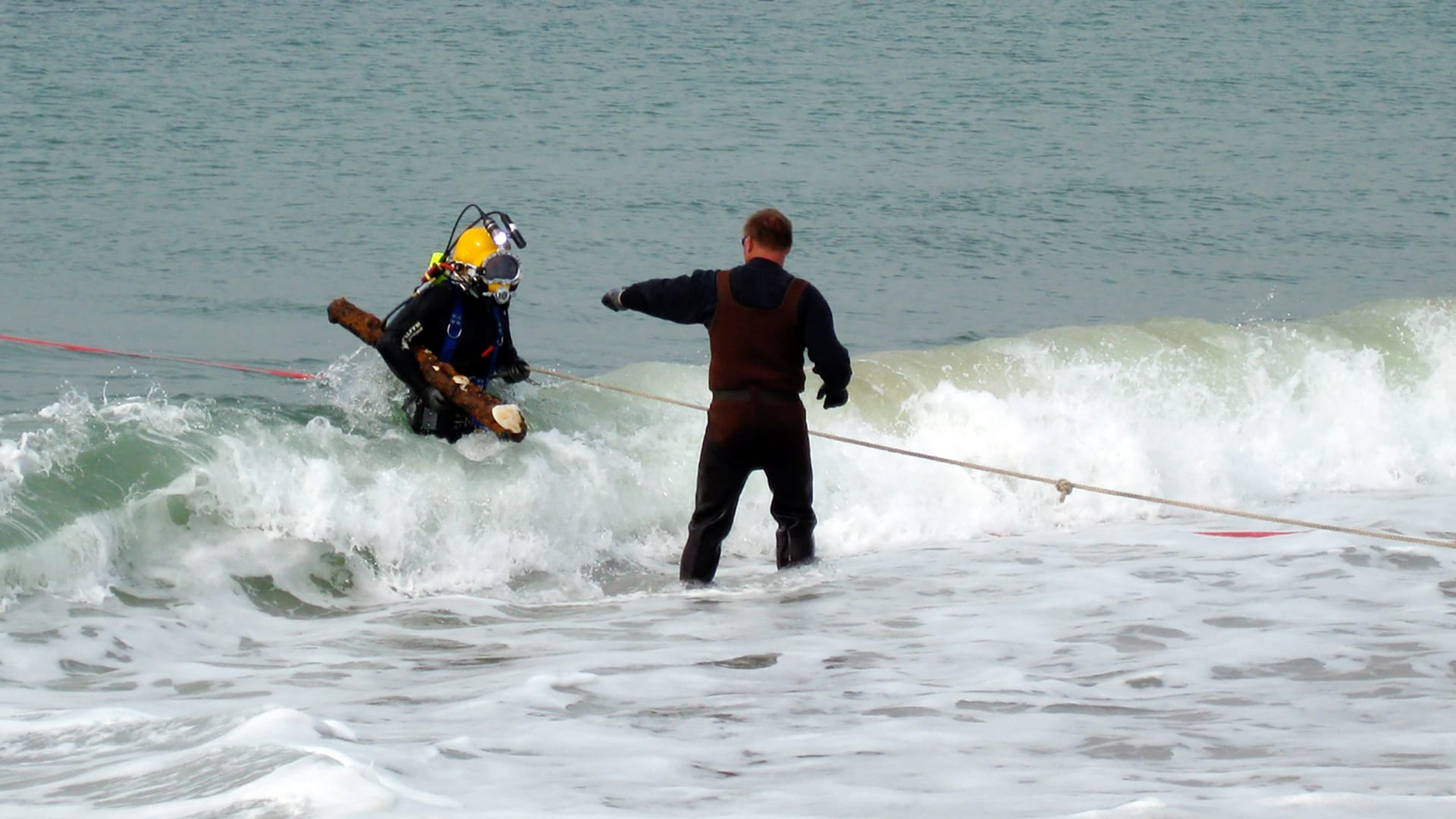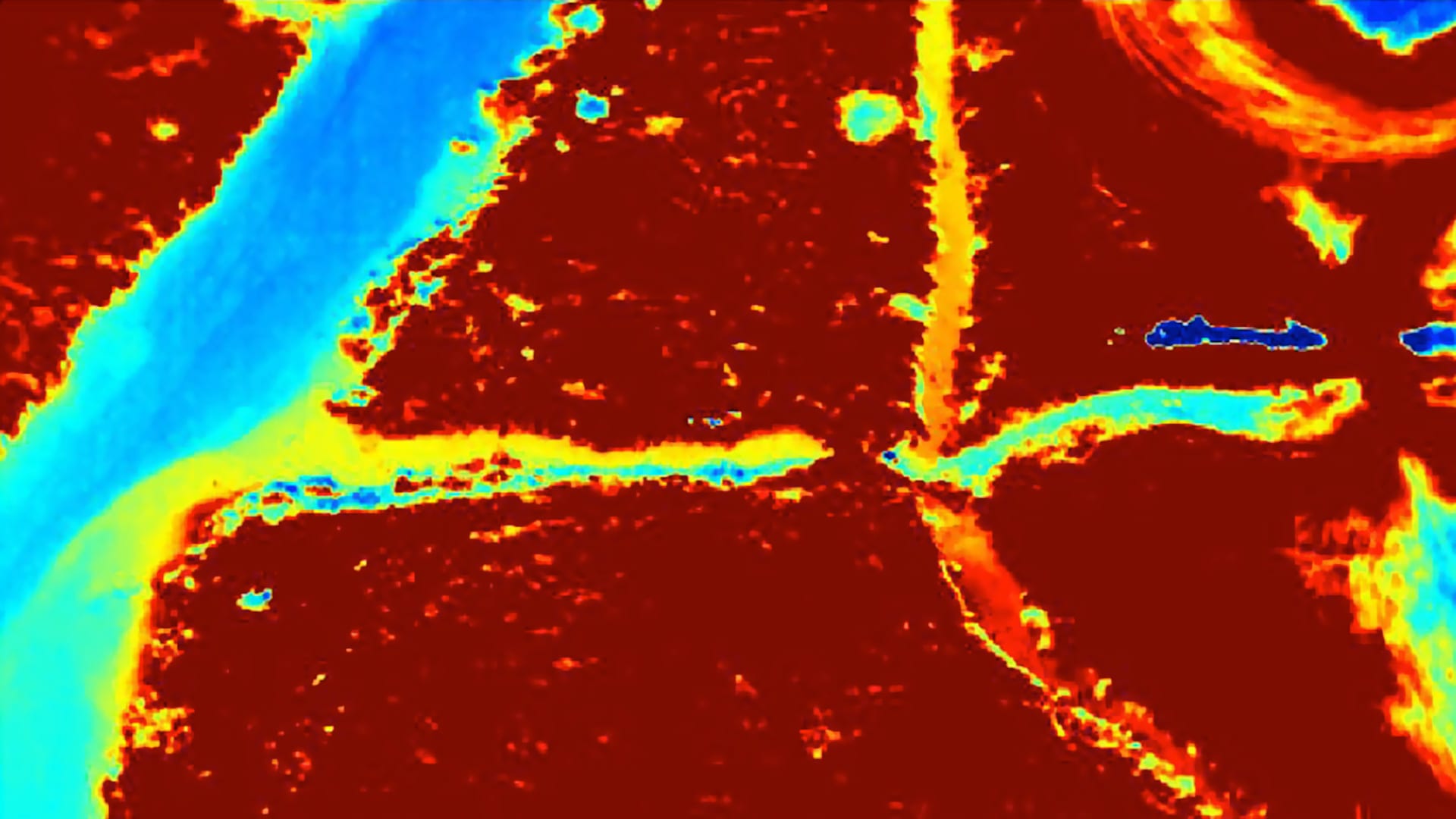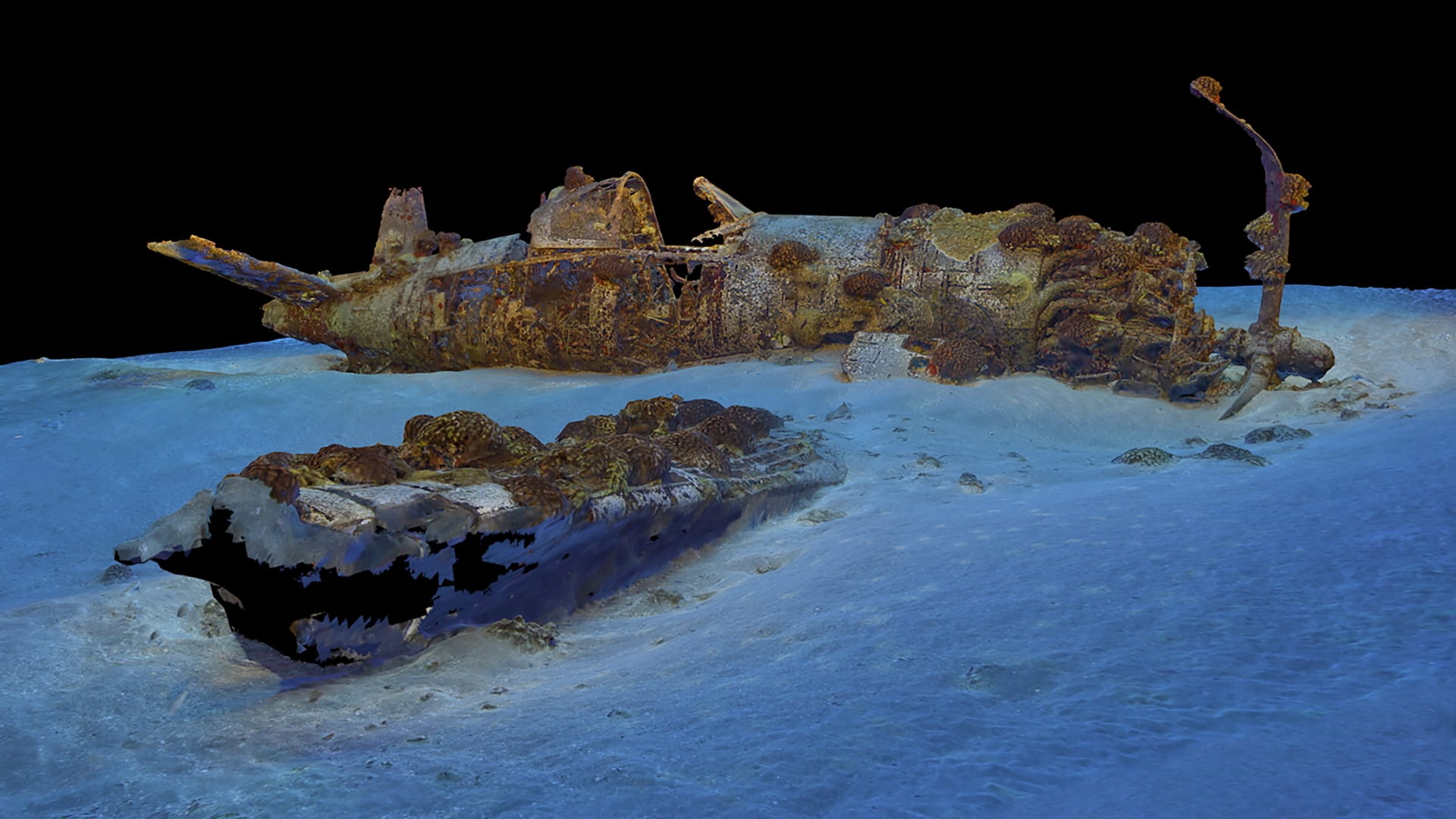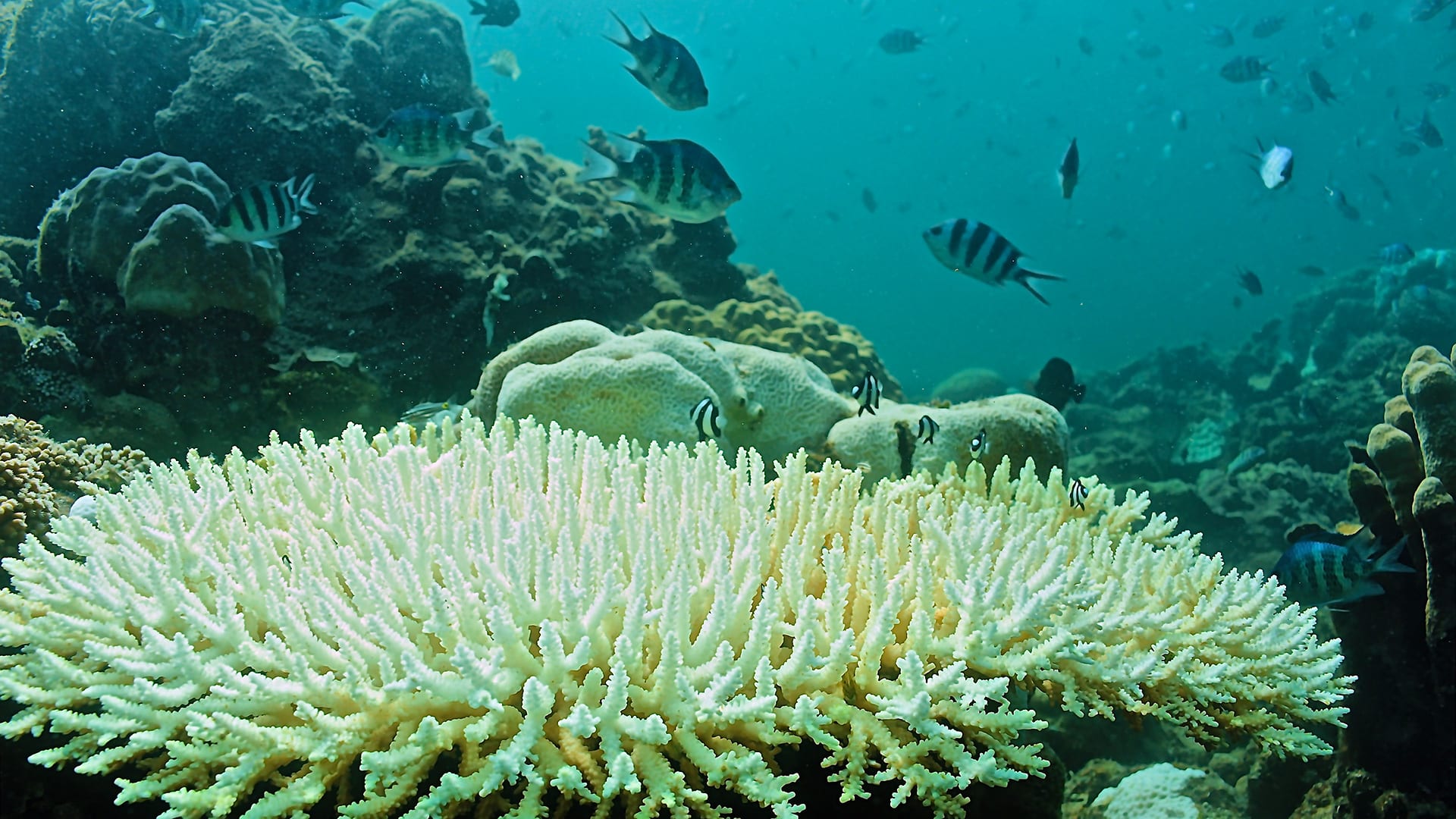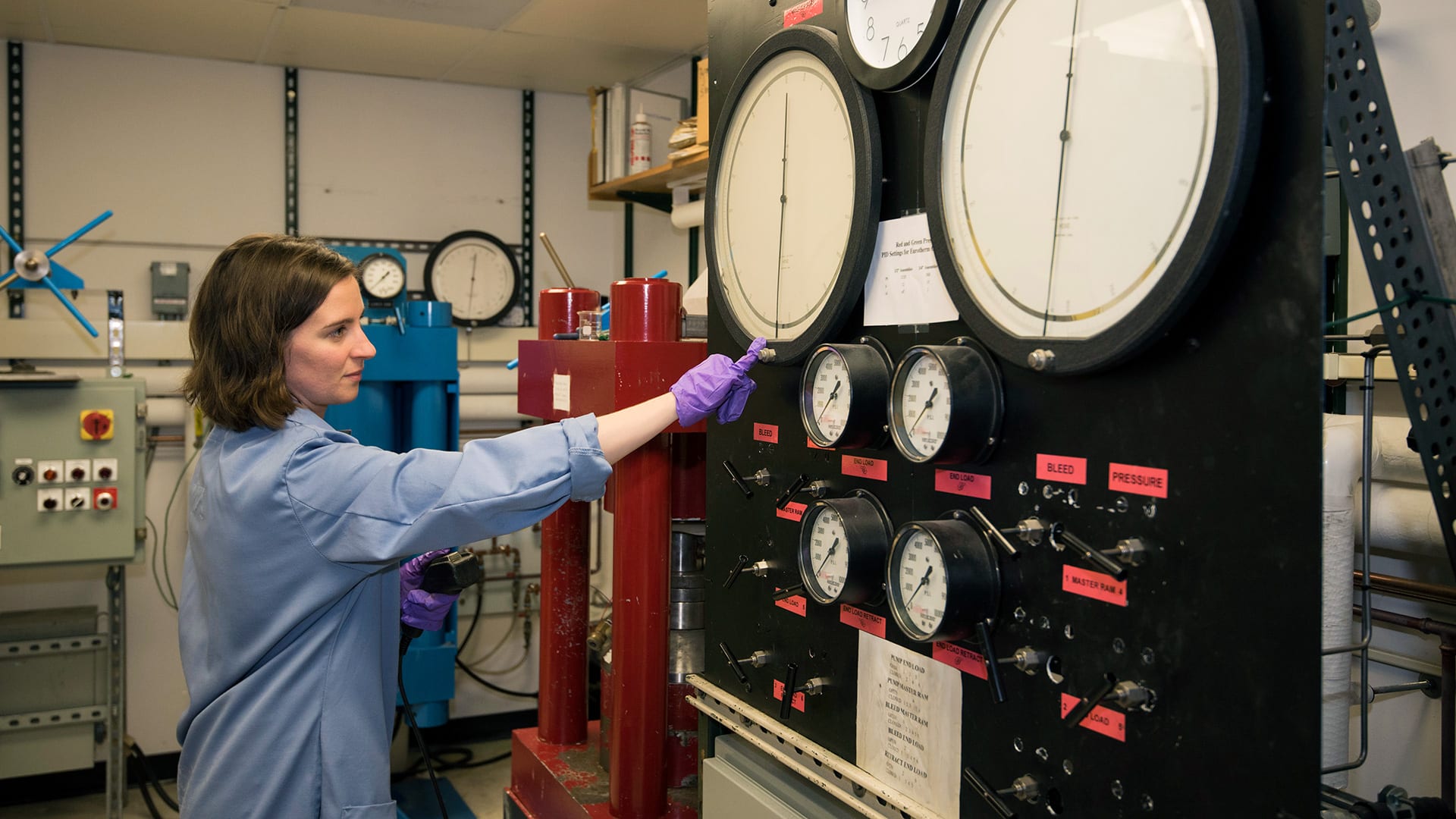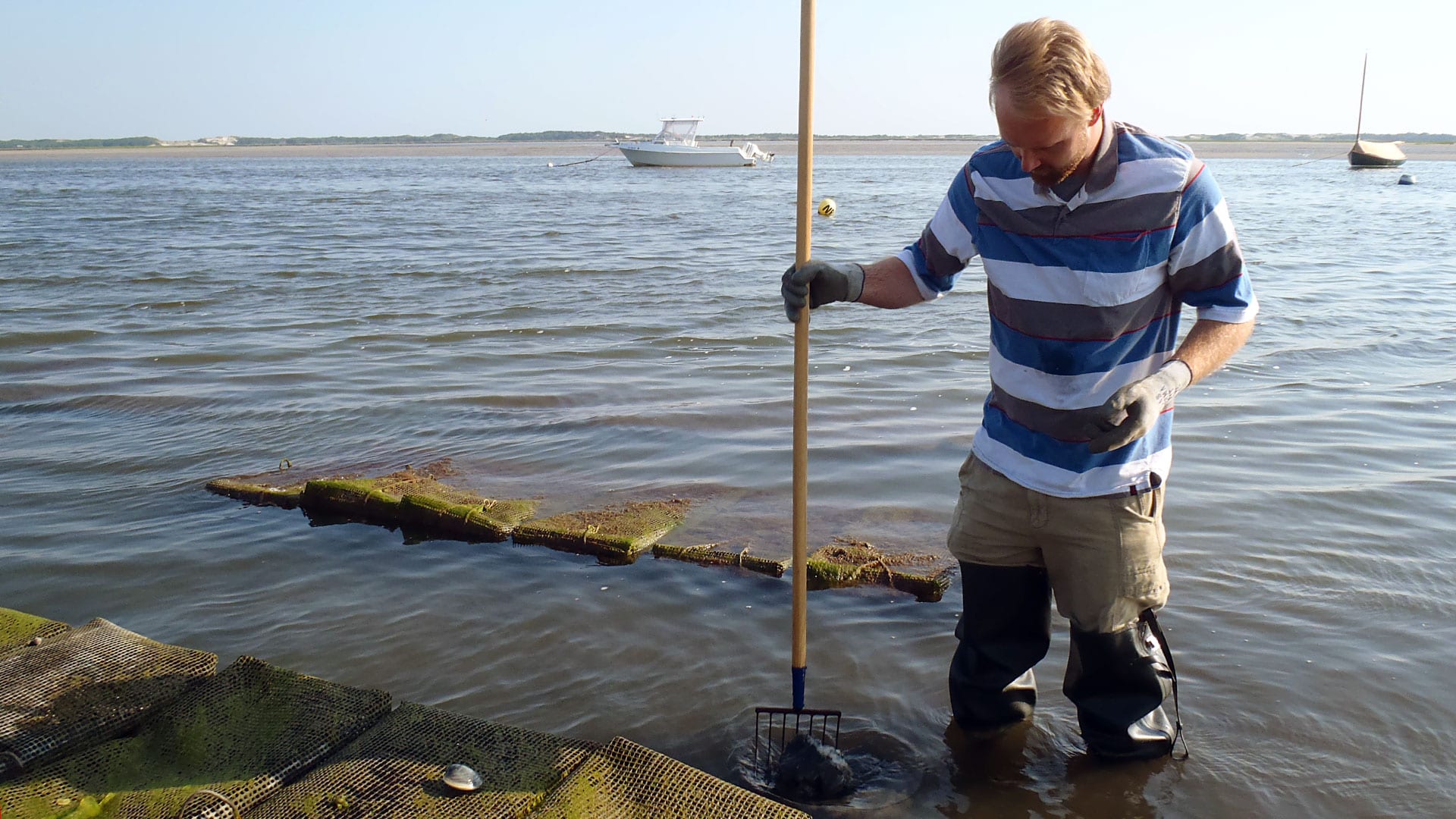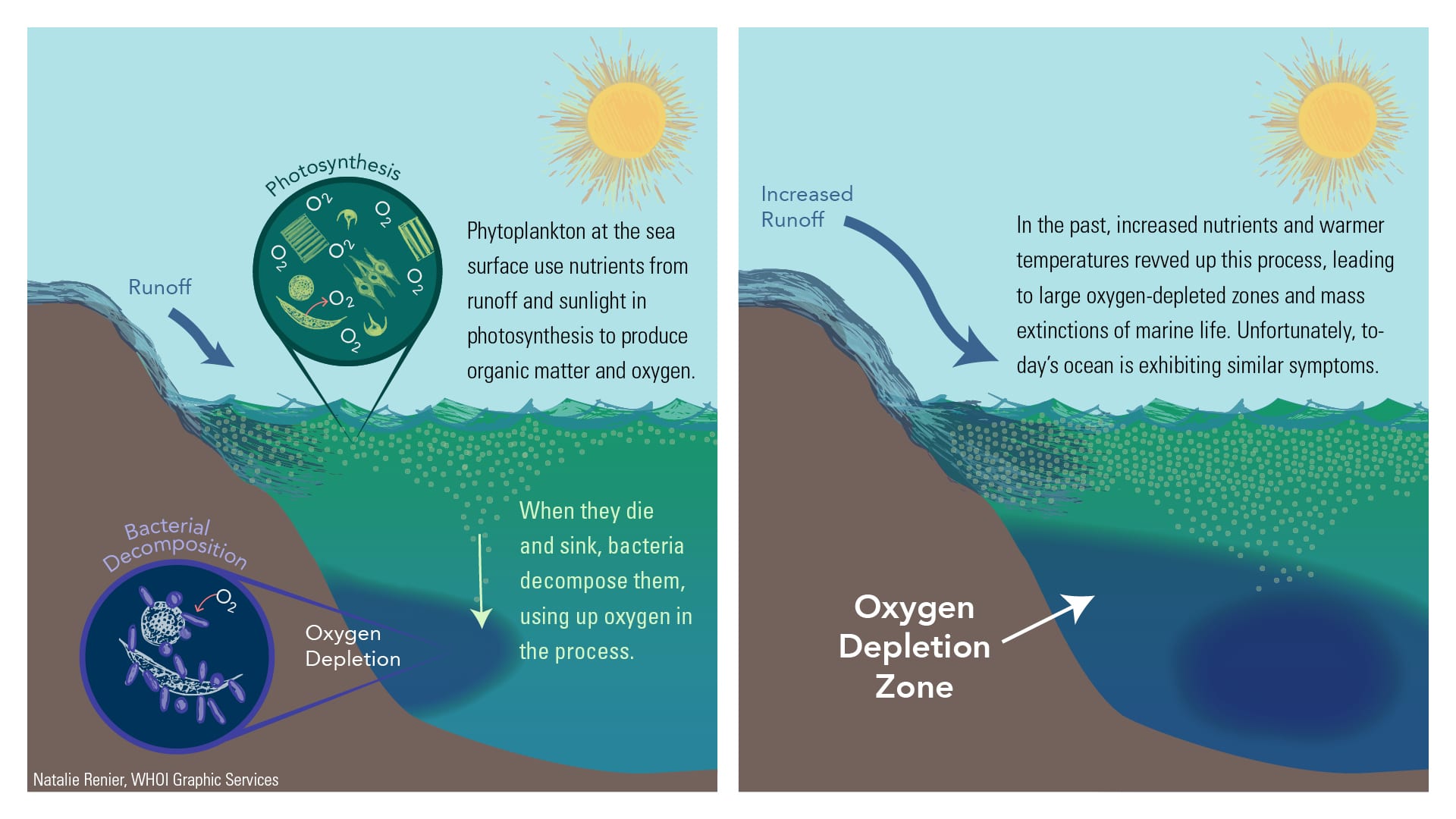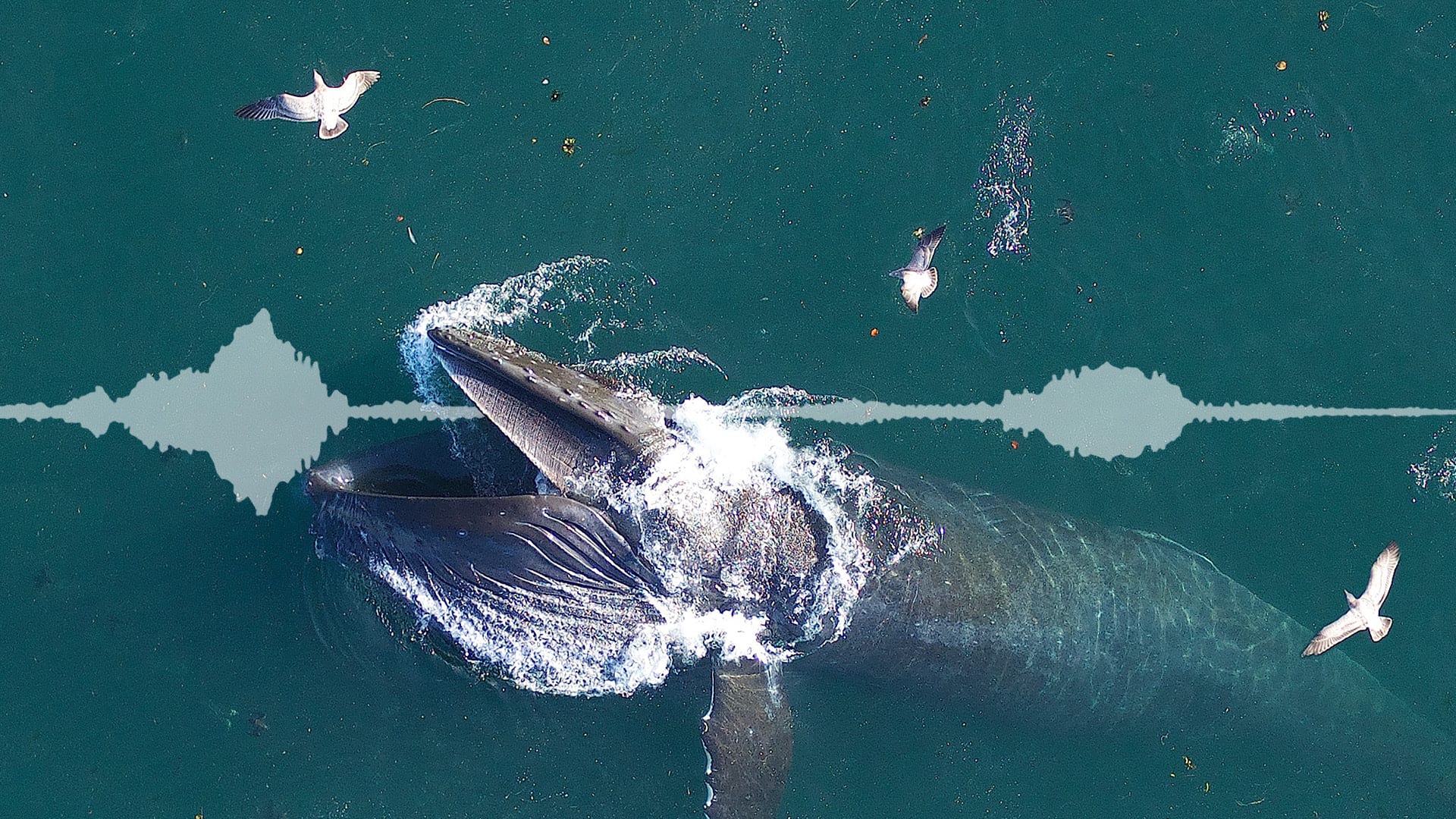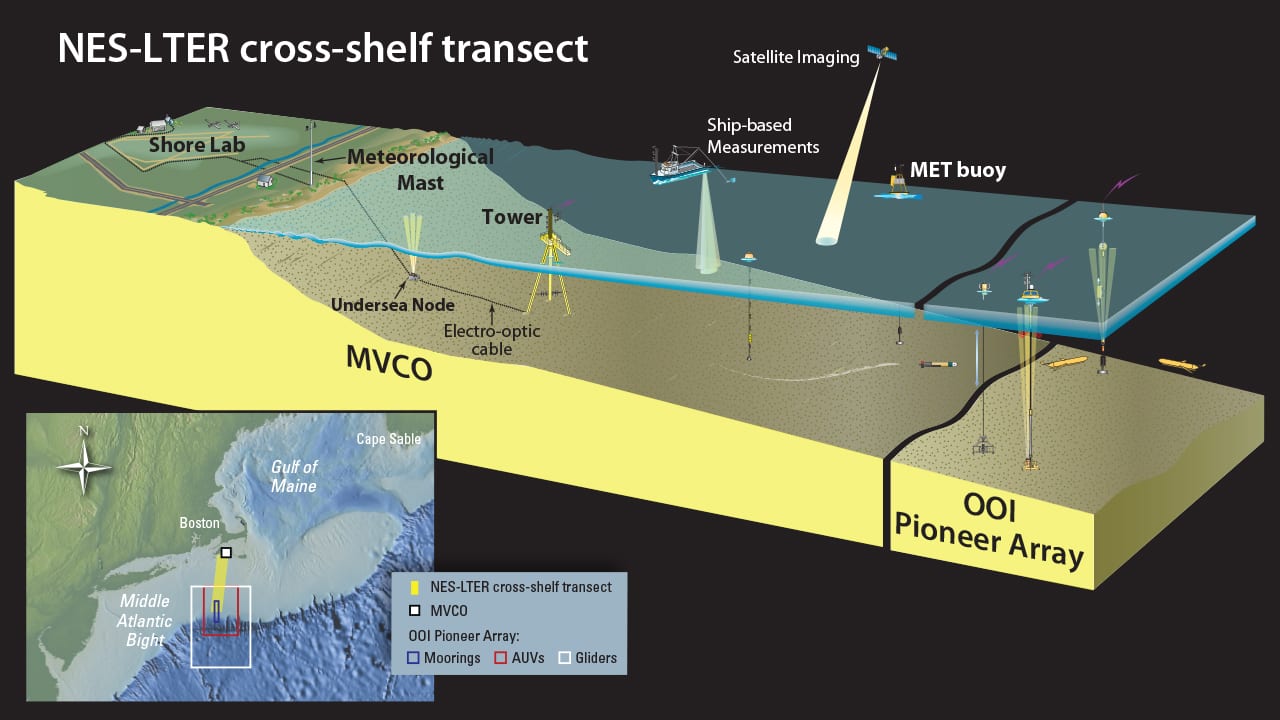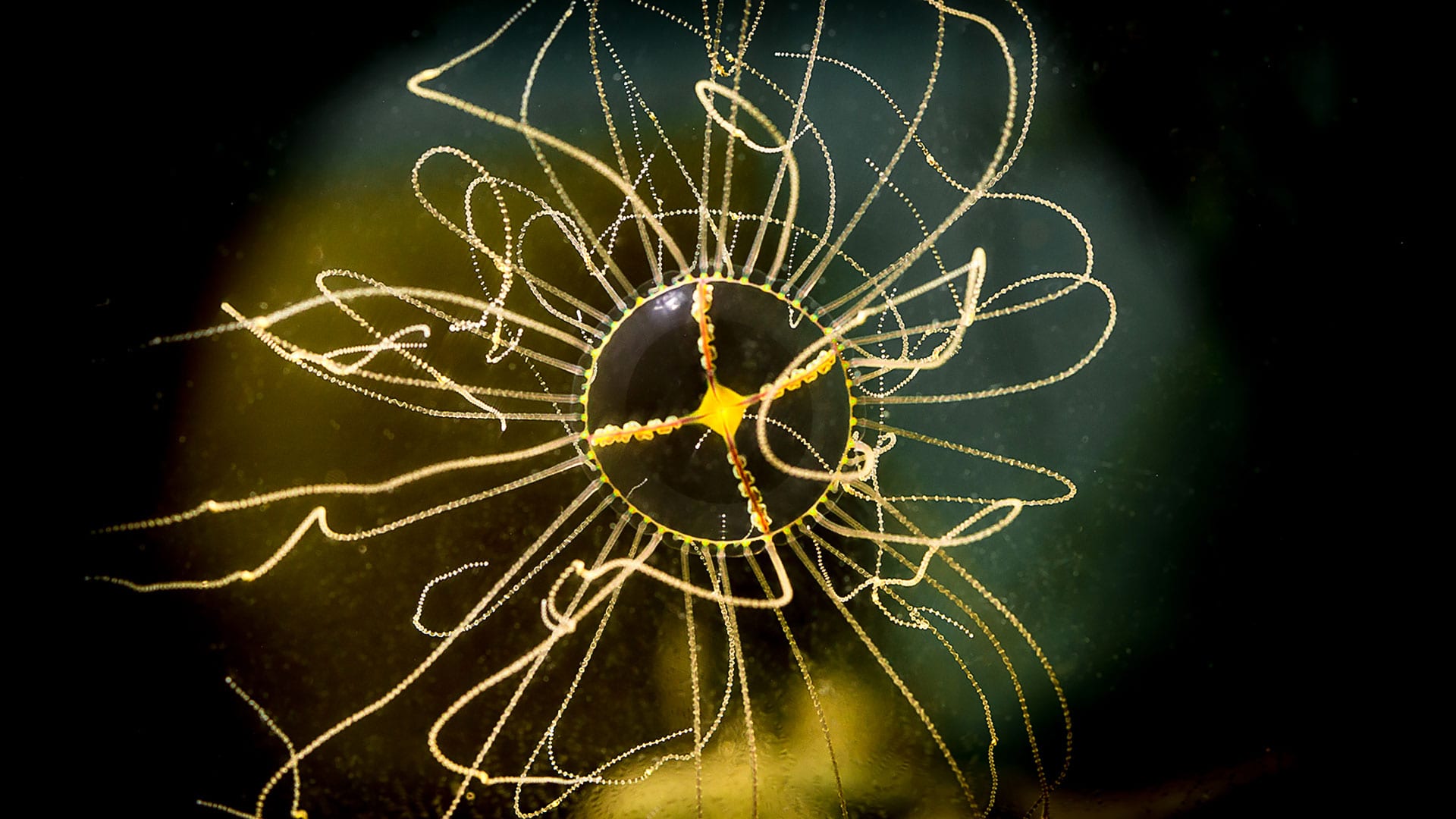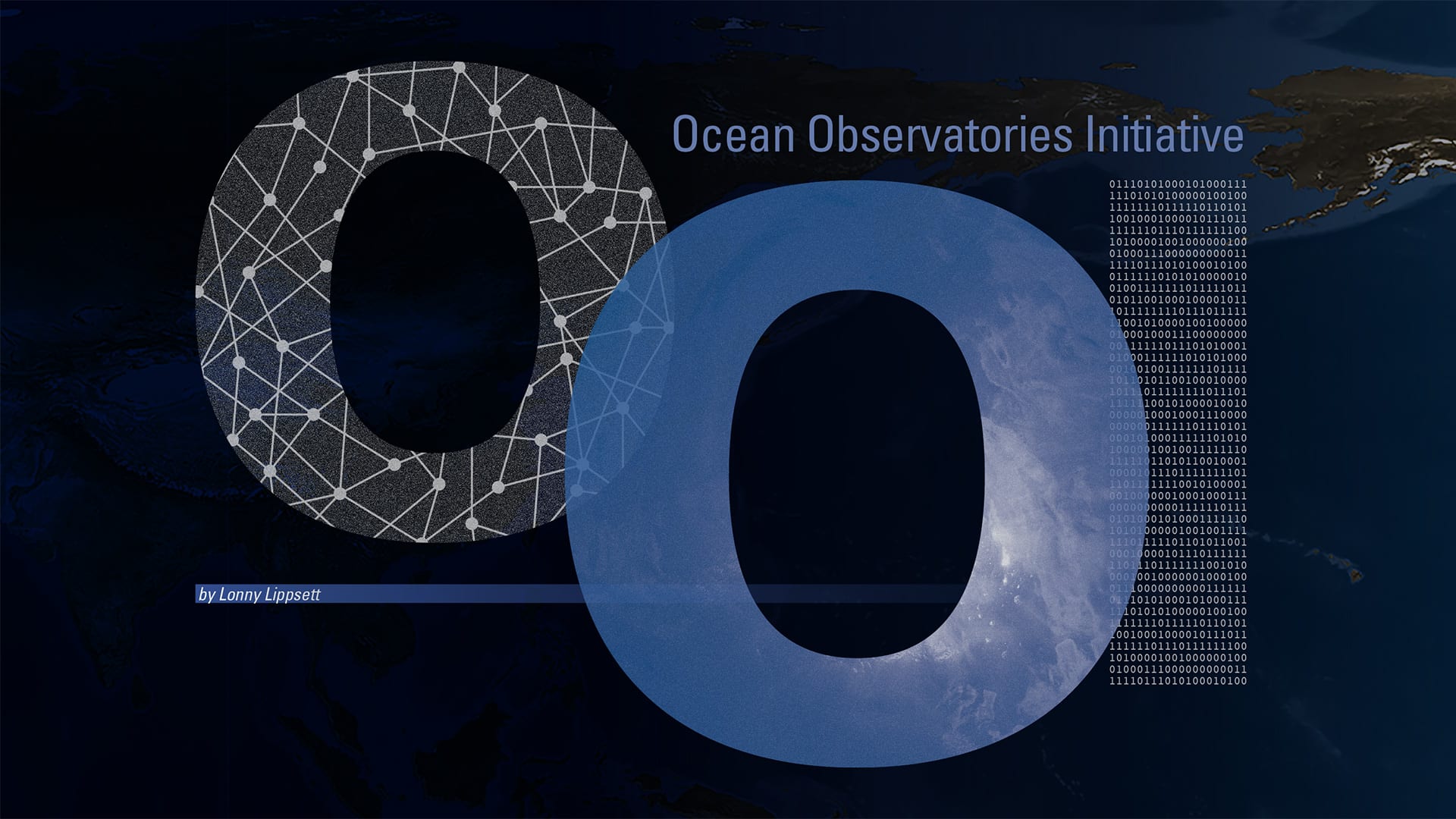Feature
A Hitchhiker’s Guide to the Ocean
Like someone monitoring the traffic flow on a road system, MIT-WHOI Joint Program graduate student Sam Levang is examining the flow of the ocean’s global circulation, which has big impacts of our climate.
Read MoreSharks Take ‘Tunnels’ into the Depths
By tagging sharks, WHOI scientists have revealed their surprising behavior.
Read MoreForecasting Where Ocean Life Thrives
The ocean, like the atmosphere, has “fronts,” and it’s hardly quiet on them. In fact, that is where the plankton that provide the foundation of the ocean food web are most prolific.
Read MoreA Change Has Come in the Arctic
On a long voyage across the Arctic Ocean, an MIT-WHOI graduate students finds chemical clues that climate change has already had impacts on the region.
Read MoreThe Discovery of Hydrothermal Vents
In 1977, WHOI scientists made a discovery that revolutionized our understanding of how and where life could exist on Earth and other planetary bodies.
Read MoreStudents Get Their Sea Legs
Woods Hole Oceanographic Institution is known for its ocean-going research. But some incoming graduate students in the MIT-WHOI Joint Program may never have set foot a large research ship before. A new orientation cruise aboard the research vessel Neil Armstrong is introducing students to shipboard life and oceanographic research.
Read MoreThe Bacteria on Your Beaches
The widespread use of antibiotics is increasing the spread of antibiotic-resistant bacteria—perhaps into the ocean, too.
Read MoreA Long Trail of Clues Leads to a Surprise About Oil Spills
Scientists followed evidence from the 2010 Deepwater Horizon oil spill to discover an unexpected phenomenon.
Read MoreReassessing Guidelines for Oil Spill Cleanups
A new discovery could change the way officials approach oil spill cleanups.
Read MoreMission to the Ocean Twilight Zone
The twilight zone is a part of the ocean 660 to 3,300 feet below the surface, where little sunlight can reach. It is deep and dark and cold, and the pressures there are enormous. Despite these challenging conditions, the twilight zone teems with life that helps support the ocean’s food web and is intertwined with Earth’s climate. Some countries are gearing up to exploit twilight zone fisheries, with unknown impacts for marine ecosystems and global climate. Scientists and engineers at Woods Hole Oceanographic Institution are poised to explore and investigate this hidden frontier.
Read MoreHow Is the Seafloor Made?
An ultrasound for the Earth? Using sound waves, a graduate student peers into the crystalline texture of the tectonic plates that cover our planet’s surface.
Read MoreUnearthing Long-Gone Hurricanes
A graduate student at Woods Hole Oceanographic Institution tracks a trail of clues left behind on the seafloor by hurricanes as they stream across the ocean.
Read MoreLong Island Blue Hole Core
Long Island Blue Hole Core
Read MoreTracking Unexploded Munitions
U.S. coastlines still have a lot of unexploded ordnance, or UXOs, left offshore by military exercises in the 1940s and 1950s. WHOI scientist Peter Traykovski is investigating where UXOs are and how they are moved and buried along the coast.
Read MoreUp in the Sky!
Nope, it’s not a bird or a plane. It’s a drone on a scientific mission to restore a river long impaired by dams and to help bring back populations of…
Read MoreRe-envisioning Underwater Imaging
A revolutionary new underwater imaging system developed at Woods Hole Oceanographic Institution can generate ultrahigh-definition television video, 2-D mosaic images, and 3-D optical models—images that scientists can spin to view from…
Read MoreA Double Whammy for Corals
Scientists know that gradually rising ocean temperatures can push corals past a threshold and cause them to bleach. But combine this chronic stress with an acute short-term weather shift, and…
Read MoreTaking Earth’s Inner Temperature
Woods Hole Oceanographic Institution wasn’t an obvious fit for Emily Sarafian. “I always felt a little out of place here, because I don’t study the ocean, really,” said Sarafian, a…
Read MoreCan Clams and Oysters Help Clean Up Waterways?
Towns in Cape Cod are looking to shellfish not only as culinary treats, but as a way to help clean up waters suffering from excess nitrogen. Nitrogen is an essential…
Read MoreWill Oxygen in the Ocean Continue to Decline?
The living, breathing ocean may be slowly starting to suffocate. The ocean has lost more than two percent of its oxygen over the past-half century, and oxygen-depleted “dead zones” continue…
Read MoreScientists Reveal Secrets of Whales
Researchers have known for decades that whales create elaborate songs. But a new study has revealed a component of whale songs that has long been overlooked—sort of a booming baseline…
Read MoreLong-term Study Focuses on New England Ocean
The National Science Foundation has created a new Long Term Ecological Research site off the New England coast to increase understanding of an area of the ocean known for its abundant marine life and productive commercial fisheries.
Read MoreTiny Jellyfish with a Big Sting
Clinging jellyfish in waters near Vladivostok, Russia, are known for their painful, toxic stings. In the U.S., where clinging jellies had been relatively harmless, a new, venomous variety has recently appeared on Cape Cod, Mass., and in nearby regions. WHOI biologist Annette Govindarajan is using genetic techniques to trace their geographic origins.
Read MoreOcean Observatories Initiative
Sailors and scientists have gone to sea for centuries to unravel the inner workings of the watery region that covers two-thirds of our planet. But they have always had to…
Read More
